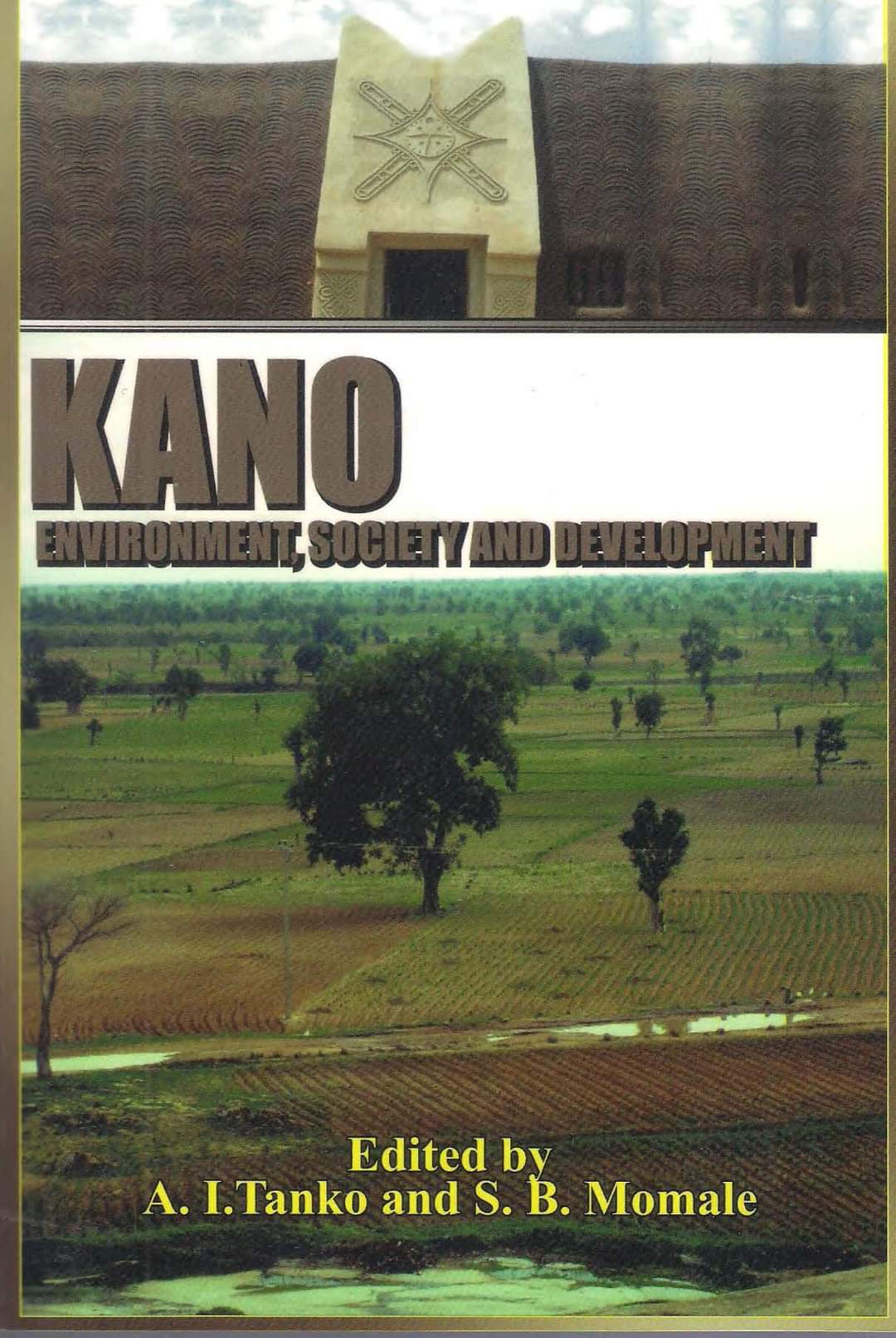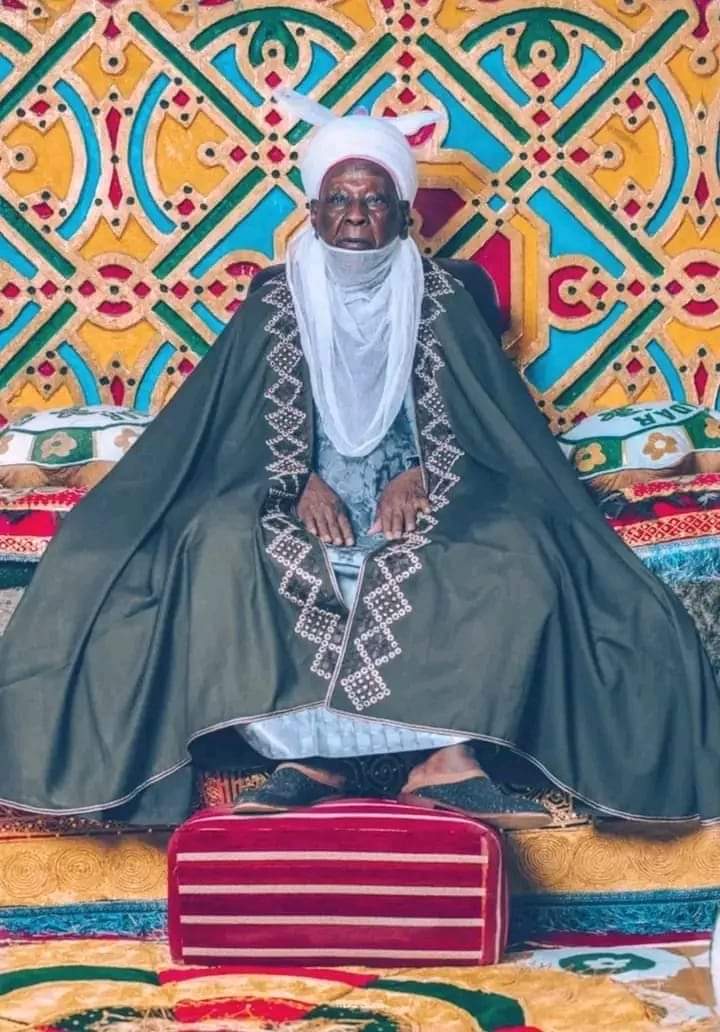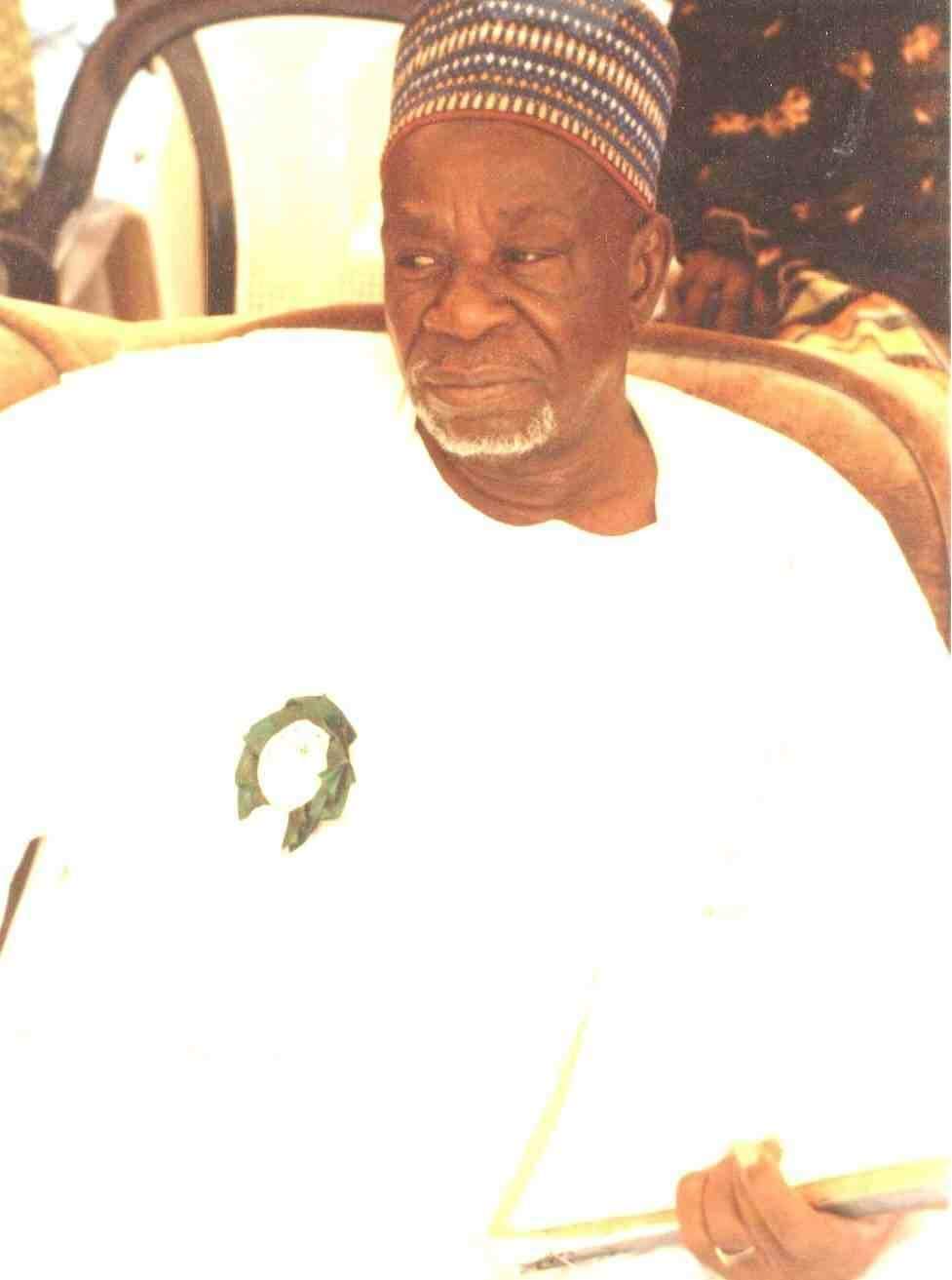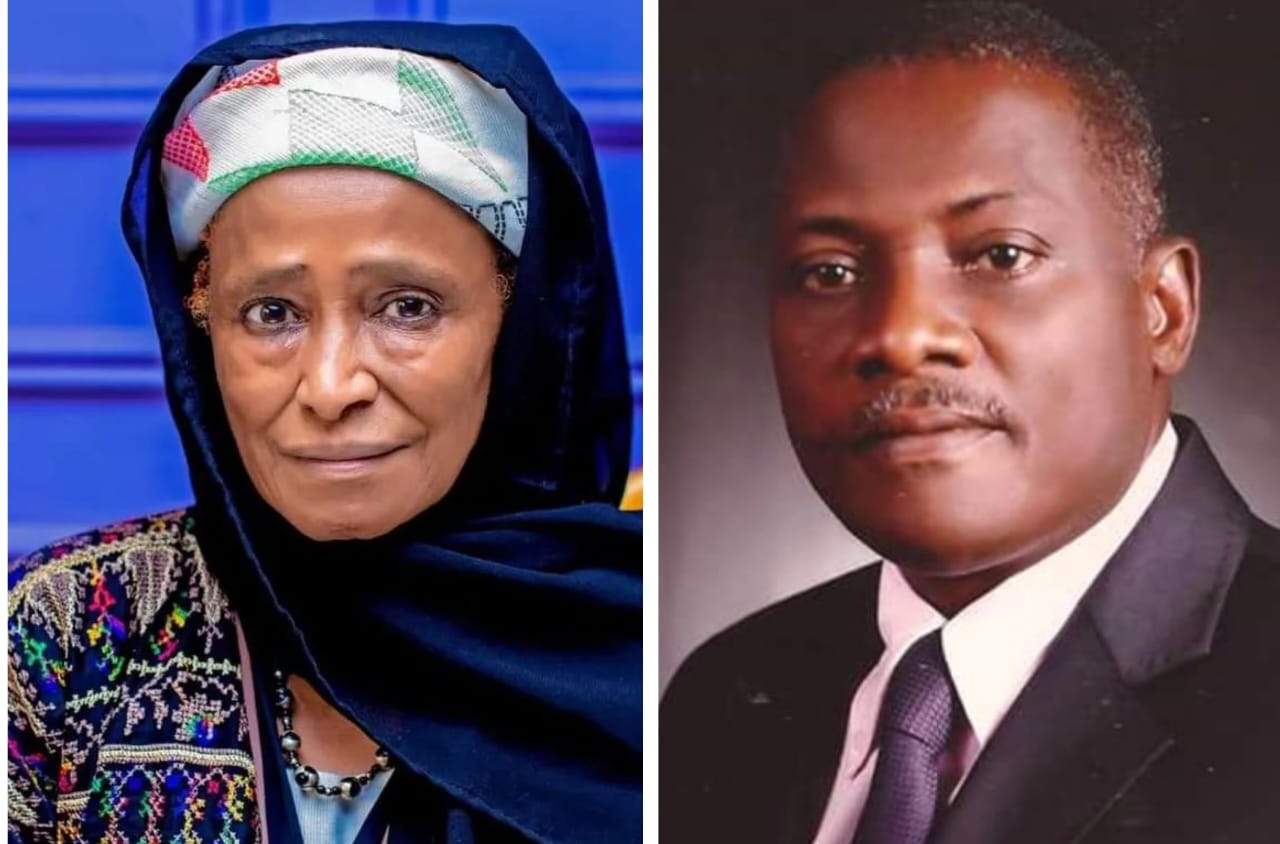Race, Culture and Identity: The Yemeni Arabs in Kano

- Katsina City News
- 17 Mar, 2024
- 118
The issue of Arab identity in Muslim northern Nigeria has received little attention from Hausaist scholars who had studied various aspects of the organization of Hausa societies. The predominant focus of such researchers was on religiosity and state formation, not on racial identity of the various Middle East and North African migrants who settled in Hausa societies. The few studies of Arab migrations to what eventually became Nigeria were on economic factors of mercantile capitalism, rather than identity formation of the settled Arabs. Few studies, mainly focusing on Lebanese especially in West Africa (Ghana and Sierra Leone) and southern Nigeria focus on identity formation of essentially Lebanese in black Africa.
Yet the increasing discourses on race and identity has created a necessary need for a greater understanding of how race and culture contribute towards the creation of identity of migrant populations to provide a better understanding of the complexities of human societies in different circumstances.
The overwhelming focus on migrants Arabs in Africa south of the Sahara was mainly on the Lebanese, excellently covered by Sabo Abdullahi Albasu in his monumental work, The Lebanese in Kano.
The Lebanese were obvious ethnographic data minefields. They were everywhere. Rich, powerful and well-connected to trading networks all over the world. They live in mansions and enclaves and occupy a closeted community without the host community being aware of what they were doing. For instance, in May 2013 three Lebanese were arrested when a large cache of arms and ammunition was discovered at a house along Gaya Road in Bompai Kano, owned by one of them. The security services had insisted that the weapons were intended to be used to attack Israeli and Western targets based in Nigeria. Hiding in plain sight.
The vast majority of the other Lebanese, however, are factory owners, textile merchants, industrialists, etc. who go about their business. You might question their labor policies with regards to their African workers (and there were horror stories about these), but by and large they provide employment and through massive investments in healthcare, road construction, etc., development. The first of my friends to name his son after me, was a Lebanese, Hassan Hajaig Abduljalil, was also my closest friend until he passed away in about 1998 or so. He was born and raised in Birnin Kudu (now in Jigawa State) and except of his White skin, his accent was flawless Hausa. The same with the rest of his absolutely wonderful family.
For the most part, the Lebanese have kept to themselves, even if having African partners in their various investments. They have not, as it were, ‘integrated’ with their host community—except linguistically, and with extremely rare inter-racial marriages with the host African population. This, despite that many of them consider themselves Nigerians, having been born here for generations.
But then, integration is not a necessary ingredient in migration studies. Look at how the Chinese establish ‘Chinatowns’ in various metropoles around the world (I know that of San Francisco in California because I once lived close to the place). Italians had their ‘Little Italy’. The Hausa have various ‘Zangos’ throughout West Africa. It is intuitive to form an ethnic enclave where you have your food, clothing, culture, etc. ‘Beirut Road’ in Kano was such commercial enclave for Lebanese shops and restaurants, although the street had been taken over by Chinese phone companies. So, the Lebanese are visible everywhere.
Not so the Yemenis. So invisible that many people either have never seen them or, when they do see them, mistake them for ‘pure Fulani’—sustaining the fallacy that all Fulani are light-skinned. The Yemeni provide the most fascinating case study of African/Arab integration. They differ from the Lebanese in their migratory trajectory to Kano.
The Lebanese came to Kano on their own. The legend had it that the first arrivals were on their way to United States when the ship stopped in Lagos. They hopped off and eventually found their way to Kano and settled in the city. The British were suspicious of them and kept close eyes on them. Being Shi’a, the British thought they might have some religious inclination. Most of the early arrivals were not Shi’a—they were Christian, so that settled it.
The Yemeni, on the other hand, were ‘imported’ as it were by an American businessman, Max Klein, who later appointed his agent Luigi Ambrosini to supervise the purchase of hides and leather by the Yemeni around 1917. It was the British that suggested the Yemeni from southern Yemen, mainly Aden. They were excellent herders and therefore had a deep understanding of the quality of hides, skins and leather. Under an arrangement with the then Yemeni government, they were recruited and brought to Kano through Lagos. That explains why up till now, the leather trade in Kano had Yemini domination.
In Kano, they were distributed to various cities in the north of Nigeria with closeness to railroad network, or highways which would make it easy to transport mainly leather, but also cotton, to railroad station in Kano for transport to Lagos, and then to the US. They settled in the outskirts of the various towns in areas that later became called ‘Kanti’—after canteen where they sold European goods given to them by Ambrosini. They use the proceed to purchase leather for him.
Their contract with the Americans ended with Nigerian independence in 1960 and a ship was sent to take them back to Yemen. Apparently, the Premier of Northern Nigeria, Sir Ahmadu Bello, intervened and convinced them to stay in Nigeria and become citizens. Many of them accepted the offer.
The Yemeni found it easier to integrate with the Hausa because of many factors. The first and most important was Sunni Islam. The Lebanese found it difficult to integrate—plus their unwillingness to do so because they don’t see any advantage in doing so; their ‘White’ status opened many doors for them anyway. Further, the Muslims among them were Shi’a. Even in the early 20th century, the tension between the Sunni and the Shi’a was palpable in Kano.
Secondly, like the Lebanese, the Yemini prefer to marry from their community (they can marry your daughter, but your son can’t marry their daughter!). However, the Yemeni later started marrying African women (and allowing their women to marry African men)—especially the light skinned Fulani who approximated their perception of race.
Third, while the Lebanese clung to their Arabic language as primary language (and even when speaking Hausa, many do so with an accent), the vast majority of the Yemeni seemed to have lost their Arabic language and adopted Hausa—just like the Tripolitanian Arabs who came much earlier. This was the main factor that made them accepted as Hausa. Like with my Lebanese friend Hassan Hajaig Abduljalil, I also had—and lost—a Yemini friend, Abdalla Ali Mansur. Bearing the same name and attending the same secondary school made us very close. I miss these gentlemen.
Since their integration in the northern communities, the Yemini just simply chose to remain virtually invisible. At the same time, they present a fascinating interaction between race, culture and identity. Like the Lebanese, they also have communities, but not enclaves. They are not as flamboyant or showy with their wealth as the Lebanese and actually accepted to be integrated into the Nigerian civil service—unlike the Lebanese who used Kano as a massive market and factory.
I have recorded many ‘crossovers’ inter-racial marriages between the Yemeni and Africans—resulting in children who continue to integrate more and more and self-identify as Africans, and often passing off as Fulani (although clearly different from the Fulani). The Lebanese, however, have remained ‘pure’ and rarely crossover to marrying an African. Fuad Khuri’s study of the Lebanese in Sierra Leone paints a very dark picture of how the Lebanese marry African women and chose not to accept the resultant biracial offspring (Khuri, Fuad I. 1968. The African Lebanese Mulattoes of West Africa: A Racial Frontier. Anthropological Quarterly, Vol. 41, No. 2. (Apr., 1968), pp. 90-101.).
The Yemeni Arabs in Kano, clearly operate from a position of advantage—being ‘White’—they occupy privileged status Kano. Generation of often reluctant crossover marriages have resulted in a class of African Arabs who cannot speak Arabic. So, the question is, how do they self-identify? Arab Yemini, Arab-African, Arab-Hausa, or plainly Hausa? There is a need for an ethnographic study to unravel the answers, for it will contribute to our understanding of identity formation. I had actually set out to do it in 2007 when applying for fellowship on the issue at Stanford University, but I was not successful. Who knows, I might go back to it after I retire!
This post benefitted tremendously from my father’s book, “Confluences and Influences” (1999), with a lot of additions of my own. It is times like this that made appreciate how privileged I am to have a father as a Historian. He was very close to the Yemeni community and recorded primary data on them. I have seen many of them visiting him and often stood, awed, listening on their conversation. I imbibed his sense of history, while retaining a scientific mindset. Allah Ya jiƙan magabantan mu.
I have published a paper that extensively discussed Arabs in Kano (including, of course, the Yemini), using Dr. Uba Adamu’s original notes (some of which were in a bread bag!!!). You can download it at the link below.
Adamu, Abdalla Uba. The presence of Arabs in Kano. In A.I. Tanko & S. B. Momole (Eds.). Kano: Environment, Society and Development, 125-164.. London & Abuja: Adonis & Abbey Publishers, 2014.
Culled from Prof. Abdullah Uba Adamu Page
Leave a Reply
Your email address will not be published. Required fields are marked *







